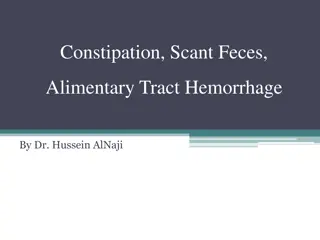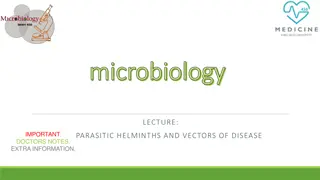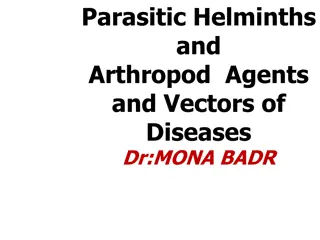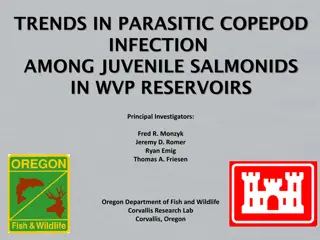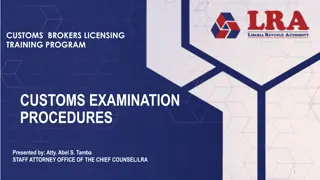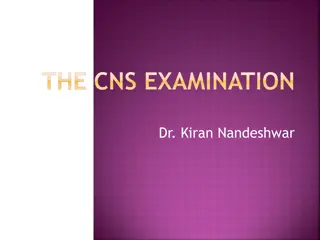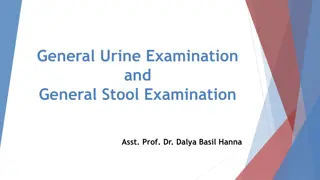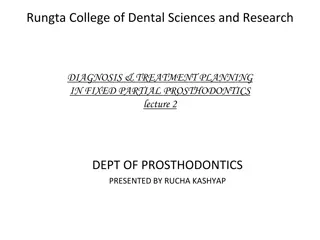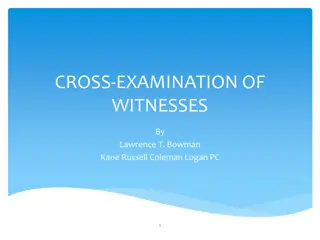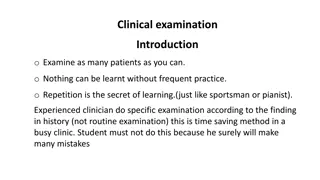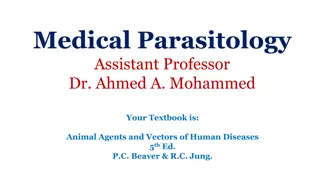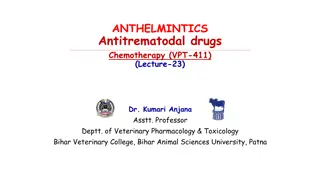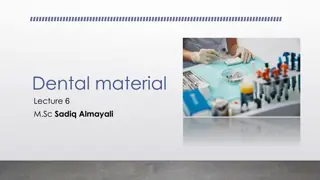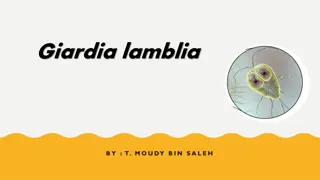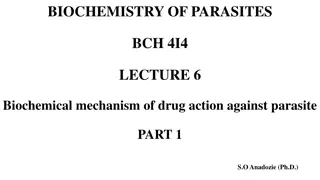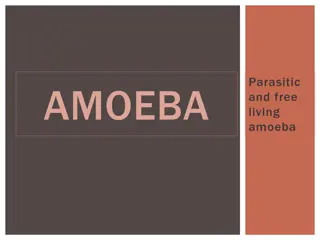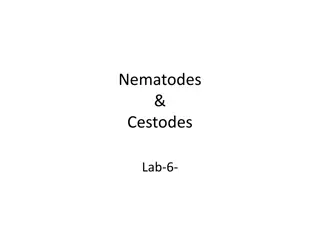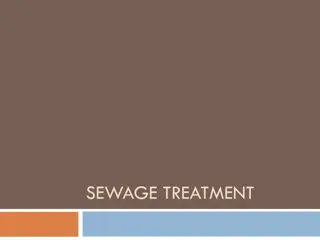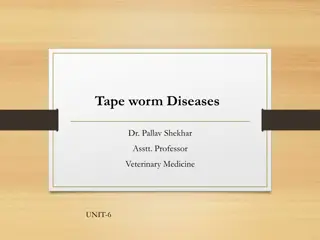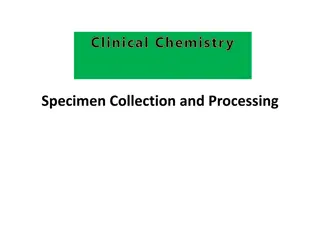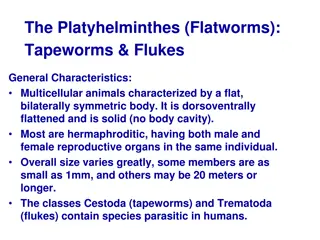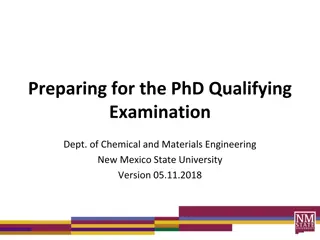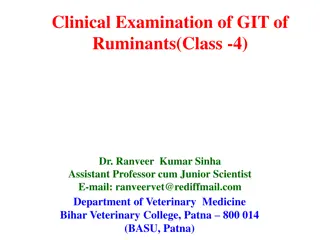Understanding Parasitic and Non-Parasitic Materials in Feces Examination
When examining feces for parasites, it's crucial to differentiate between parasitic material, non-parasitic material, and pseudoparasites. Recognizing parasite eggs and cysts based on their shape and size is essential for accurate identification. Additionally, being aware of non-parasitic materials like plant cells, fungal spores, and recognizing pseudoparasites such as nematode larvae and mite eggs is vital. This insightful guide provides detailed information and visual representations to enhance your understanding of artifacts and pseudoparasites in fecal examinations.
Download Presentation

Please find below an Image/Link to download the presentation.
The content on the website is provided AS IS for your information and personal use only. It may not be sold, licensed, or shared on other websites without obtaining consent from the author. Download presentation by click this link. If you encounter any issues during the download, it is possible that the publisher has removed the file from their server.
E N D
Presentation Transcript
Lab4 A.L.Lamieaa Gh. Fajir
Artifacts and Pseudoparasites When examining feces for parasites, be mindful of :- a) characteristics of the specific parasitic material you are searching for, b) non-parasitic material that may be included in the sample, and c) pseudoparasiteswhich may be present, but are not harmful to the host.
Recognition of Parasitic Material Many things will float in a fecal flotation (anything with a specific gravity of less than about 1.2), so how do you decide if something is a parasite egg or cyst? Here are a couple of guidelines: Know the shape and size of the eggs and cysts you could potentially find in the feces of the animal you are examining. Remember: Parasite eggs and cysts are, in general, regularly shaped and fall within a size range of about 2 to 200 m.
A coccidial oocyst (oval, about 20 m long), a tapeworm egg (an unusual shape but still regular i.e. the sides are straight and the corners smooth), and a nematode egg (oval, about 200 m long).
Recognition of Non-parasitic Material Plant Cells Air bubbles, Spores, or Pollen Grains
Recognition of Pseudoparasites Nematode Larvae Mite Eggs


